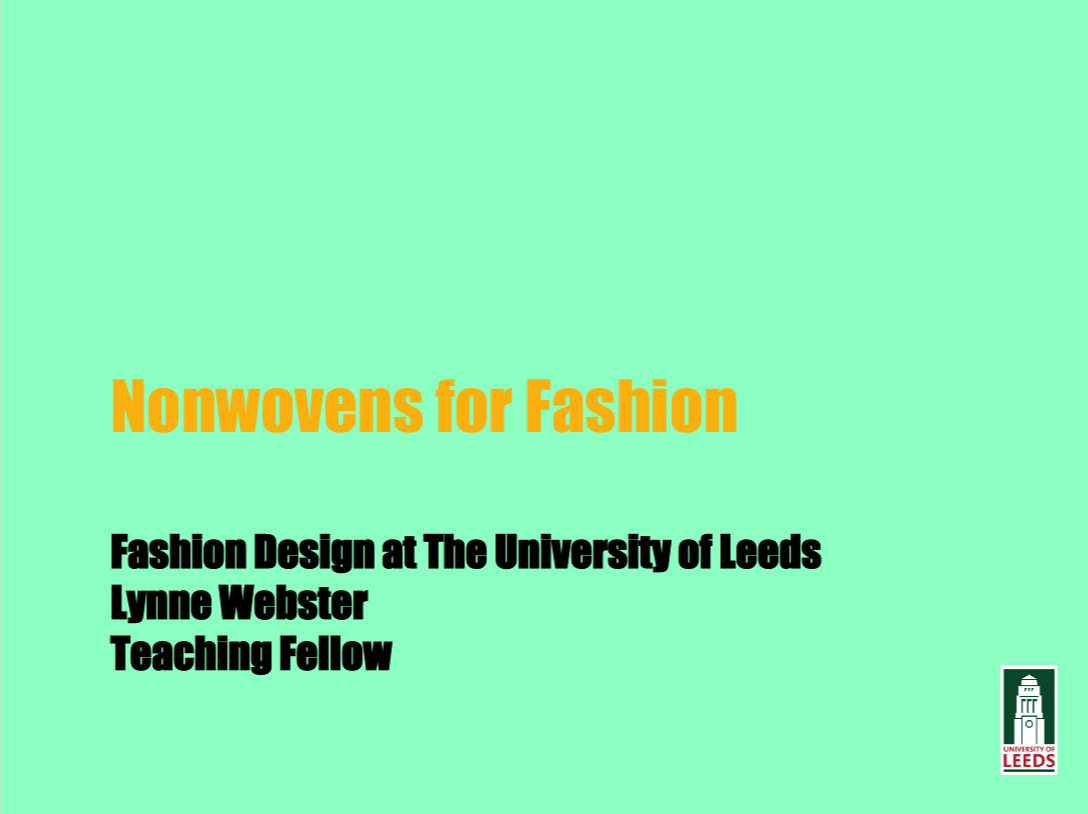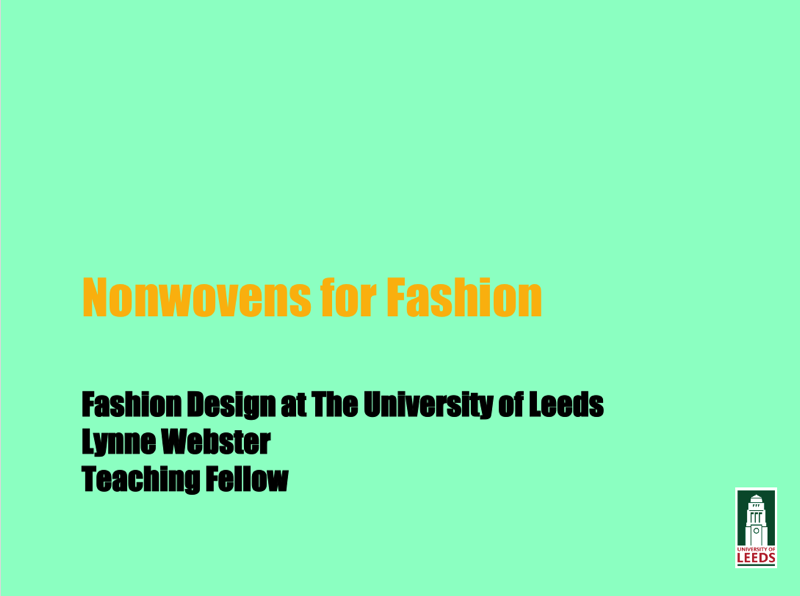2005 - NONWOVENS FOR FASHION
What did we wish to achieve?
First and foremost anything which could not be achieved with woven or knitted fabrics
They had to be ‘real’ garments
A mixture of men’s and women’s wear
Engineering of ‘design’ specifically for nonwovens
What problems did we encounter?
Fabrics can sometimes be delicate, can break down easily
Some fabrics are transparent
Need careful pattern engineering because of ‘immovability’ especially around armhole area
Generally do not react the same as ‘traditional’ garment fabrics
What can nonwovens offer?
Easily dyed/printed
No need for facings - offering a chance to re-engineer the product-cheaper?
Do not fray – offering a multitude of possibilities
Can be knitted/embroidered and embellished
A different ‘look’ and ‘feel’
A real alternative to ‘traditional’ fashion fabrics
What did we achieve?
A range of garments which could not be made in woven or knitted fabrics
‘Real’ garments
Garments which promote the benefits of nonwovens
What is the future?
Establishing a ‘partnership’ with nonwoven producers
Researching the next stage:
Mixing wovens with nonwovens?
Engineering of nonwovens for clothing?
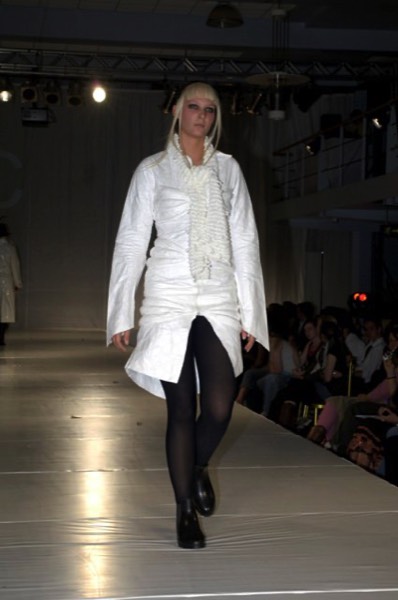
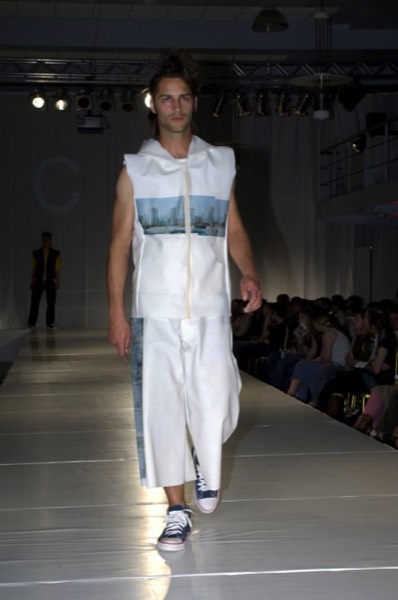
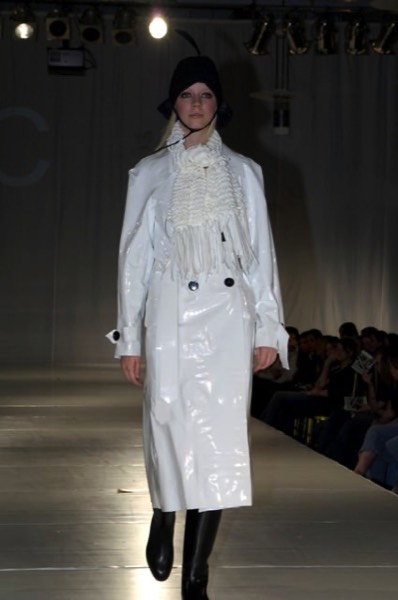
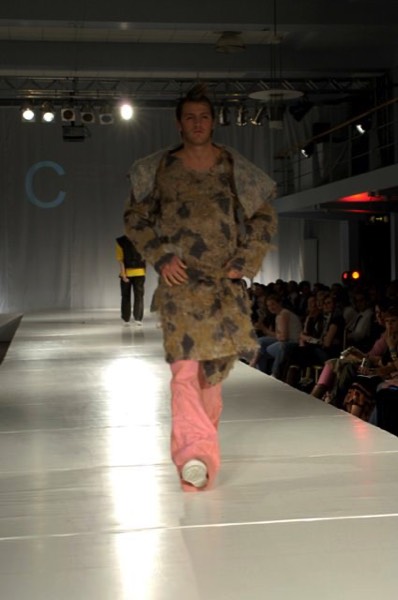
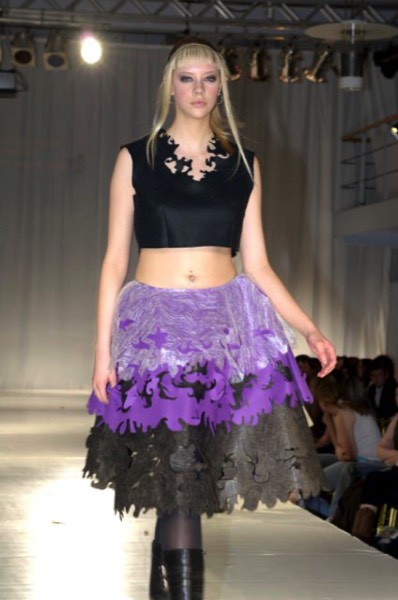
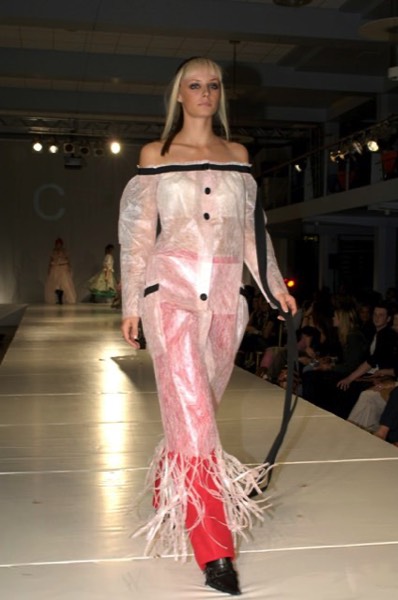
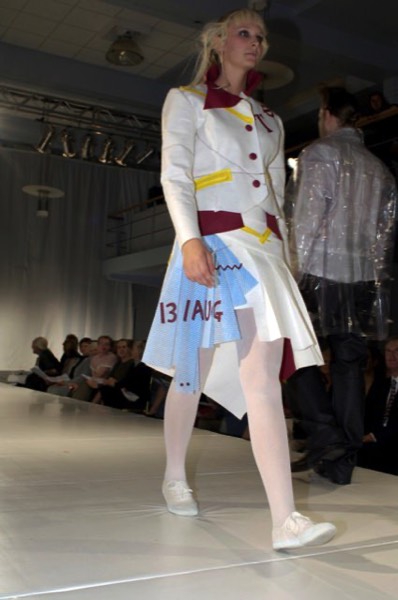
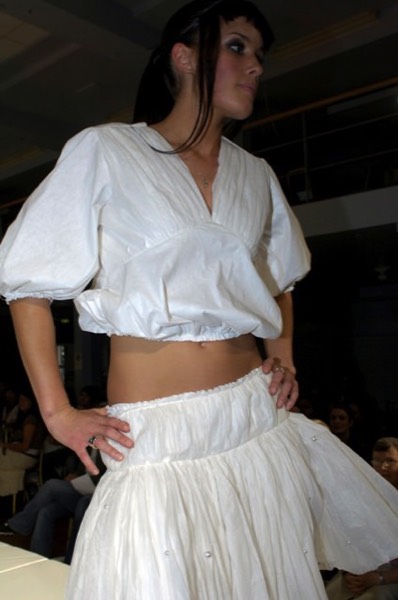
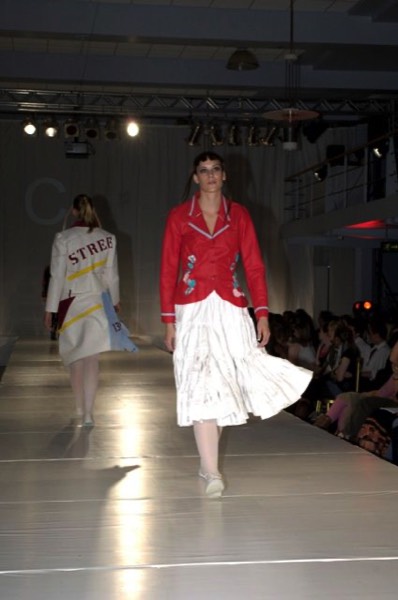
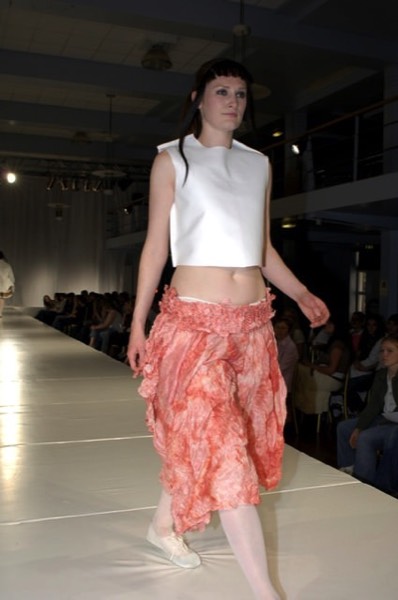
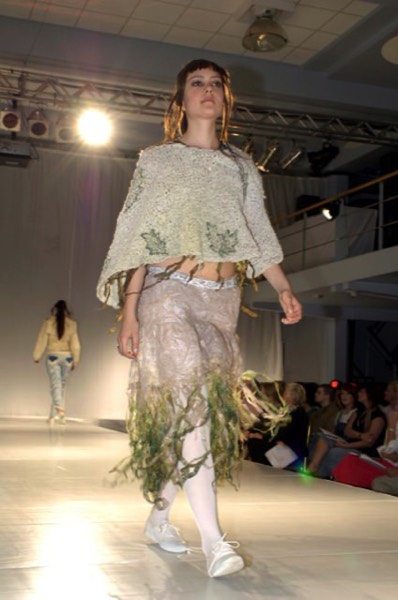
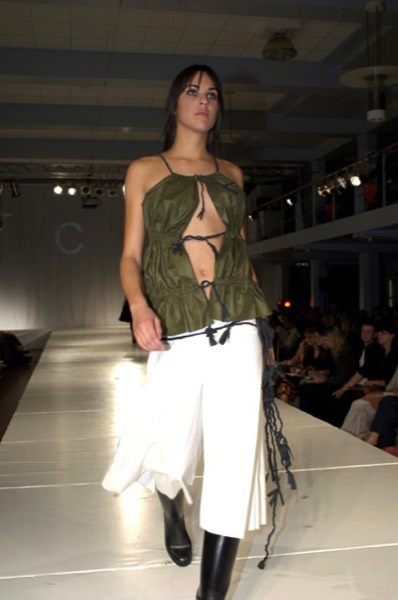
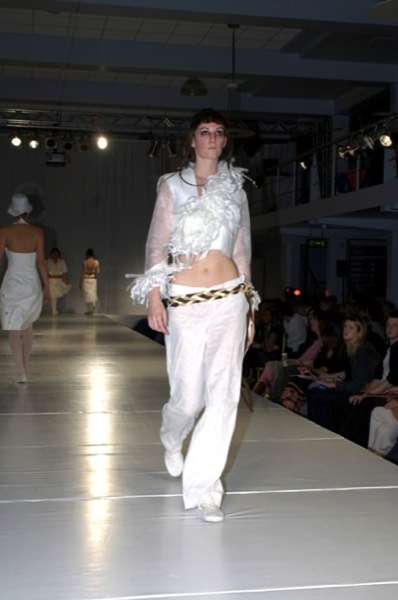
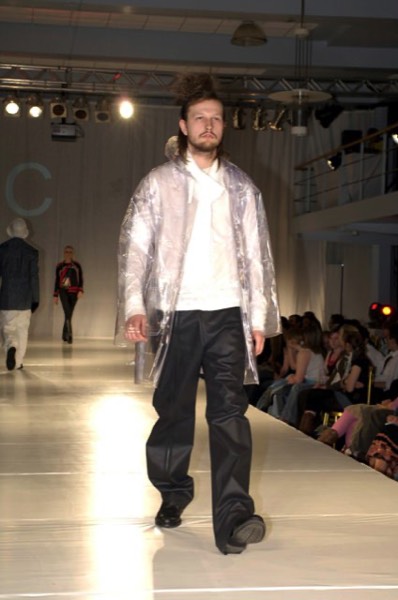
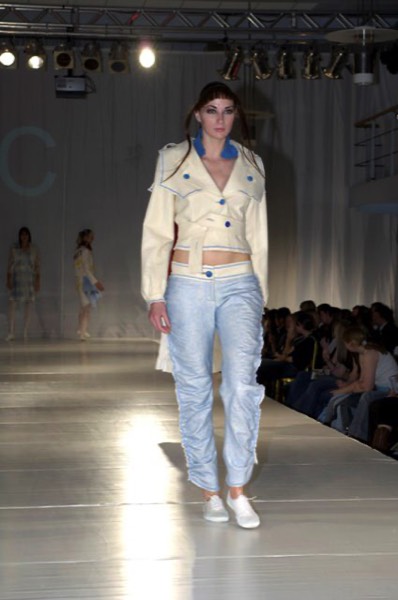
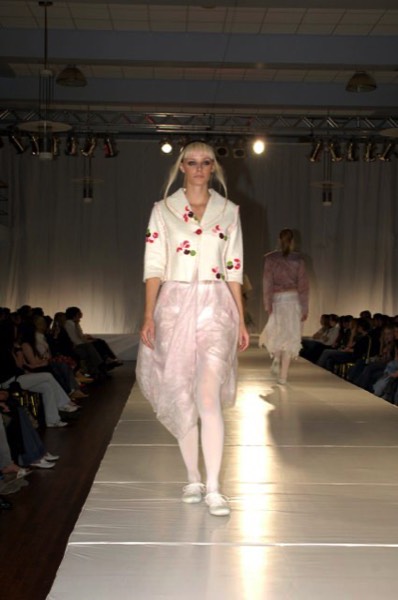
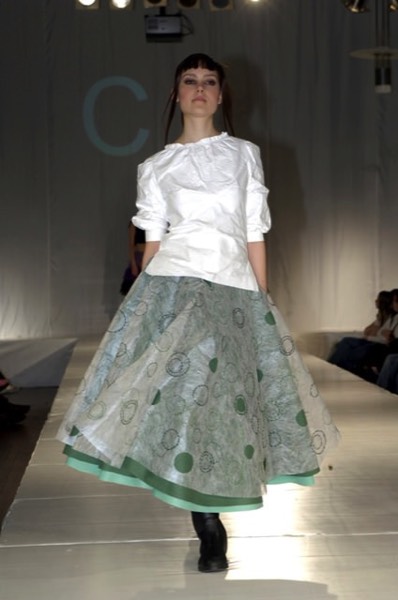
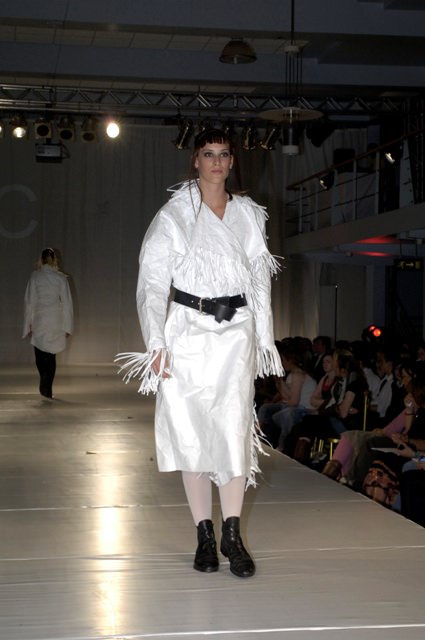
MORE INFORMATION
Click the image below for a PDF of the presentation given at the 2006 Nonwovens Network seminar by Lynne Webster:
